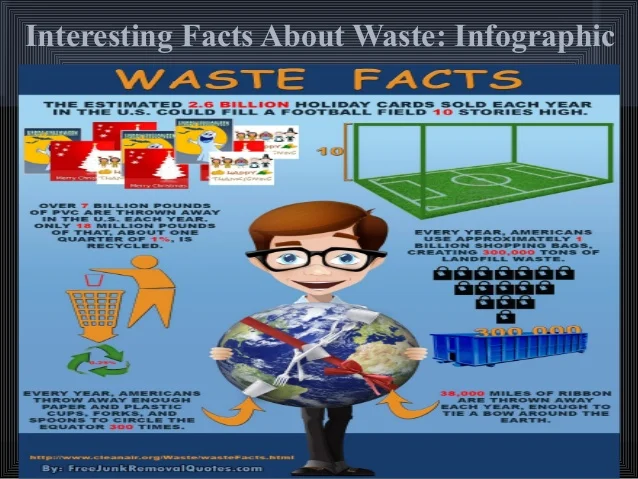Selecting The Ideal Skip Container Size For Your Task: An Extensive Overview
Selecting The Ideal Skip Container Size For Your Task: An Extensive Overview
Blog Article
Content Produce By-
When selecting the proper Skip bin dimension for your project, you'll want to ensure it straightens precisely with your waste disposal needs to prevent any type of final headaches. Variables such as the type of waste, job duration, readily available space, and budget play essential functions in making the right choice. Yet how do you properly estimate the quantity of waste you'll produce and convert that into the proper Skip container dimensions? Allow's explore these essential factors to consider to help you make an enlightened option for your upcoming task.
Aspects to Take into consideration
When selecting the ideal size Skip bin for your task, a number of aspects should be thought about.
First, examine the quantity and sort of waste you'll be dealing with. Different projects produce differing types and volumes of waste, so comprehending your waste stream is essential.
Take into gabion rock offered on your home for the Skip bin. Make certain that the picked bin dimension can suit the designated location without triggering obstruction.
Another aspect to think about is the period of your task. Longer tasks might require larger Skip containers or even more frequent emptying to fit the waste created over time.
Think about any possible constraints in your location, such as weight limits or forbidden items, to make certain conformity with laws.
Finally, consider your budget plan and select a skip bin size that straightens with your economic constraints while still meeting your garbage disposal requirements.
Estimating Waste Volume
To accurately pick the appropriate size Skip bin for your job, you need to initially estimate the volume of waste you'll be disposing of. One method to do this is by visually inspecting the things you prepare to get rid of and approximately approximating their total quantity in cubic meters.
Alternatively, you can use on-line tools or waste quantity calculators to assist you establish the approximate amount of waste you'll have. Bear in mind that it's much better to somewhat overstate than to ignore, as it's more economical to employ a somewhat larger Skip bin than to order an additional one if you run out of area.
If you're still unclear, think about seeking advice from waste management professionals who can supply guidance based on the type of task you're carrying out. By precisely approximating your waste quantity, you'll be much better furnished to choose the best Skip bin dimension for your demands.
Comprehending Bin Dimensions
Understanding container dimensions is vital when picking the ideal Skip bin size for your job. Skip bins come in different measurements, generally determined in cubic meters.
The dimensions of a skip bin describe its length, width, and elevation. By understanding these measurements, you can envision how much waste the bin can hold and whether it will certainly match your demands.
For instance, a 2 cubic meter Skip container may have dimensions of around 1.8 meters in size, 1.4 meters in size, and 0.9 meters in height. Understanding these dimensions can aid you figure out if the Skip bin will fit in your preferred area and if it can fit the quantity of waste you prepare for creating.
Always think about the room you have available for the Skip bin and ensure that its measurements line up with your task demands to avoid any type of concerns during garbage disposal.
Final thought
Finally, picking the right size Skip bin for your job calls for careful consideration of aspects like waste quantity, available room, project period, limitations, and budget. Approximating waste properly and understanding bin dimensions are critical steps to make sure the Skip container meets your needs. By following where to dump garden waste , you can properly handle your waste disposal demands and enhance your job. Choose wisely to make your task a success.
